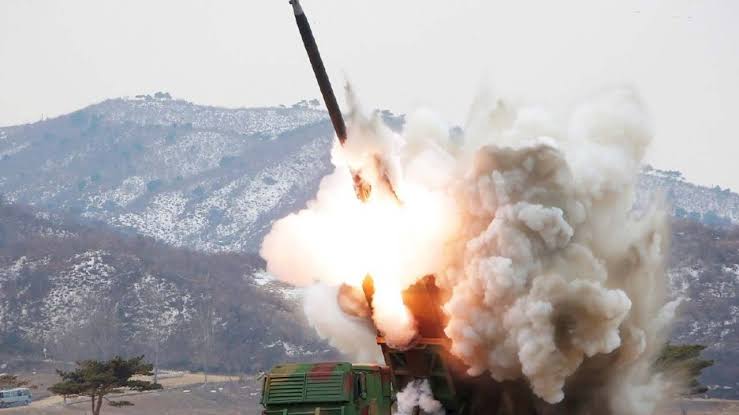The United States has announced plans to deploy nuclear weapons to Germany starting in 2026 as part of NATO’s collective defense strategy to protect its European allies from perceived Russian aggression. The planned deployment includes SM-6, Tomahawk, and new hypersonic missiles.
Russia’s Response
In response, Russian Deputy Foreign Minister Sergei Ryabkov expressed serious concerns about the threat this poses to Russia’s Kaliningrad region, situated between NATO members Poland and Lithuania. Ryabkov stated that Russia might consider deploying new nuclear missiles to counter the U.S. stationing of long-range conventional weapons in Germany.
Protection of Kaliningrad
Ryabkov emphasized that safeguarding Kaliningrad, Russia’s westernmost enclave, is a top priority. He warned that Russia would take all necessary measures to deter any aggressive actions and provocations from its adversaries, underscoring the strategic importance of Kaliningrad.

Historical Context and Treaty Issues
The intermediate-range ground-based missiles that both Russia and the United States are contemplating were previously banned under a 1987 U.S.-Soviet treaty. The U.S. withdrew from the treaty in 2019, citing violations by Russia, which Moscow denied.
Expert Opinions
Security experts warn that the planned deployments contribute to an arms race, complicating an already volatile security environment amid heightened tensions due to the ongoing war in Ukraine. A potential Russian deployment of nuclear missiles in Kaliningrad would significantly escalate tensions, given its direct proximity to NATO countries.
Bottom Line
The planned U.S. missile deployment in Germany and the potential Russian response underscore the escalating arms race and rising tensions between NATO and Russia. This development highlights the fragile security landscape in Europe, exacerbated by the conflict in Ukraine and the strategic significance of regions like Kaliningrad.

















